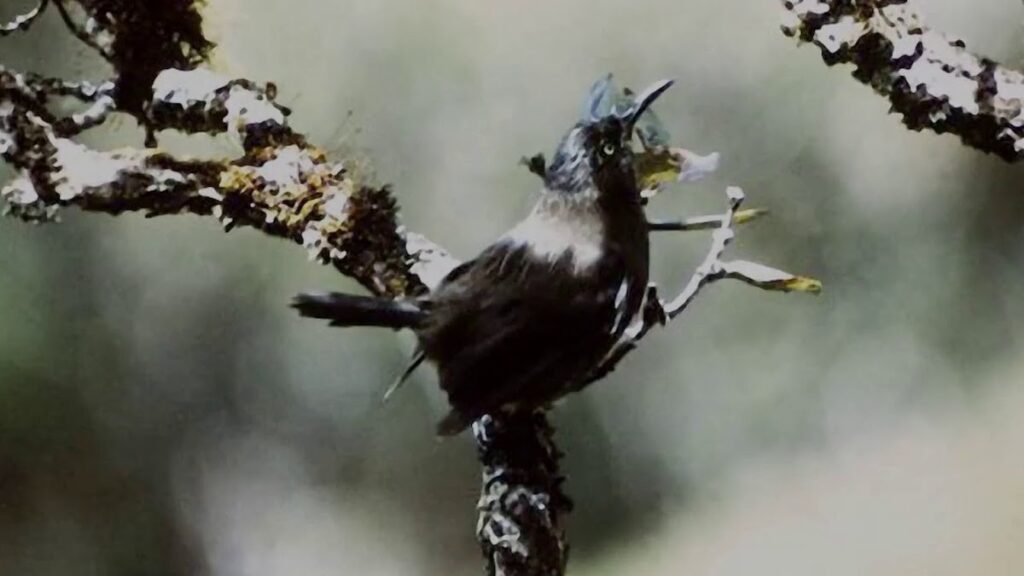
Why did the ivory-billed woodpecker and 22 other species go extinct?
Federal wildlife officials just announced that twenty-three species will be considered extinct. One of these rare beautiful animals is the ivory-billed woodpecker who has been fighting extinction for decades.
Wildlife officials don’t classify animals for extinction lightly. Yet, government scientists report they’ve tirelessly done what they could for the twenty-three species but it wasn’t enough. The U.S. government officials warn that climate change, among other issues, will likely cause an increase in species extinctions.
With global warming continuing its peril on our wildlife, scientists emphasize the importance of biodiversity and what could be done to help slow the deterioration of our Earth.

Which species are going extinct?
The rare ivory-billed woodpecker was one of the most known species on the list of endangered animals. For decades, both wildlife officials & bird enthusiasts have searched for the endangered bird. Throughout the years, people have searched in the swamps of Arkansas, Louisiana, Mississippi, and Florida for hints of their survival.
Unfortunately, these searches would prove fruitless as the ivory-billed woodpecker was unable to fight extinction. Other species on the list of extinctions include eleven birds, eight freshwater mussels, two fish, a bat, and a plant.
One of the birds is the Bachman’s warbler, a yellow-breasted songbird that once migrated between the Southeastern U.S. & Cuba. Another fascinating bird is the Kauai O’o, a Hawaiian forest bird whose song exists only on recordings.

Others such as the flat pigtoe, a freshwater mussel in the southeastern U.S., were recognized in the wild only a few times before never being seen again. This means that by the time these species even received a name, they were already struggling with endangerment.
“When I see one of those really rare ones, it’s always in the back of my mind that I might be the last one to see this animal again,” said Anthony Ford, a U.S. Fish & Wildlife Service biologist in Tennessee who specializes in freshwater mussels.

The causes of extinction
This announcement from wildlife officials is also a warning for the future. As the global biodiversity crisis worsens, millions of species will be threatened by extinction. The cause of these species’ struggle to survive is primarily due to human activities.
Farming, logging, mining, and damming all take habitats from animals and pollute whatever environment is left behind. Another issue is that of poaching & overfishing which lead to a chain reaction of species becoming endangered. However, climate change only adds new jeopardy to our wildlife.
“Each of these 23 species represents a permanent loss to our nation’s natural heritage and to global biodiversity,” said Bridget Fahey, who manages species classification for the Fish & Wildlife Service. “And it’s a sobering reminder that extinction is a consequence of human-caused environmental change.”

The Endangered Species Act
The Endangered Species Act was passed in 1973 and requires protection for critical habitat areas and the development of recovery strategies for endangered species. However, officials & advocates believe the act wasn’t passed soon enough to save these species.
“The Endangered Species Act wasn’t passed in time to save most of these species,” said Noah Greenwald, endangered species director at the Center for Biological Diversity, a nonprofit group. “It’s a tragedy.”
Since the act was established, fifty-four species in the United States have been removed from the endangered list due to recovery. Meanwhile, another forty-eight have improved enough to move from endangered to threatened. As of now, eleven listed species have been declared extinct.

It’s evident that the inclusion of an entire group of twenty-three species to the list of extinct animals is a tragic loss to U.S. wildlife.

How can we prevent extinction in the future?
“Biodiversity is the foundation of social and economic systems, yet we have not managed to solve the extinction crisis,” said Leah Gerber, an ecologist & director of the Center for Biodiversity Outcomes at Arizona State University.
In an effort to regain proper biodiversity, officials will be discussing a new global biodiversity agreement next month. One popular proposal is the 30×30 plan. The plan works to protect at least thirty percent of Earth’s land and oceans by 2030.
The Natural Resources Defense Council stated one of 30×30’s strategies is, “Creating and defending marine protected areas in the United States”. Another factor includes, “Encouraging state legislatures to increase protections for species, lands, and waters, such as California’s 30×30 bill”.
—
Do you think the 30×30 plan will help combat the effects of global warming? Had you known about the ivory-billed woodpecker before? Let us know in the comments below.



